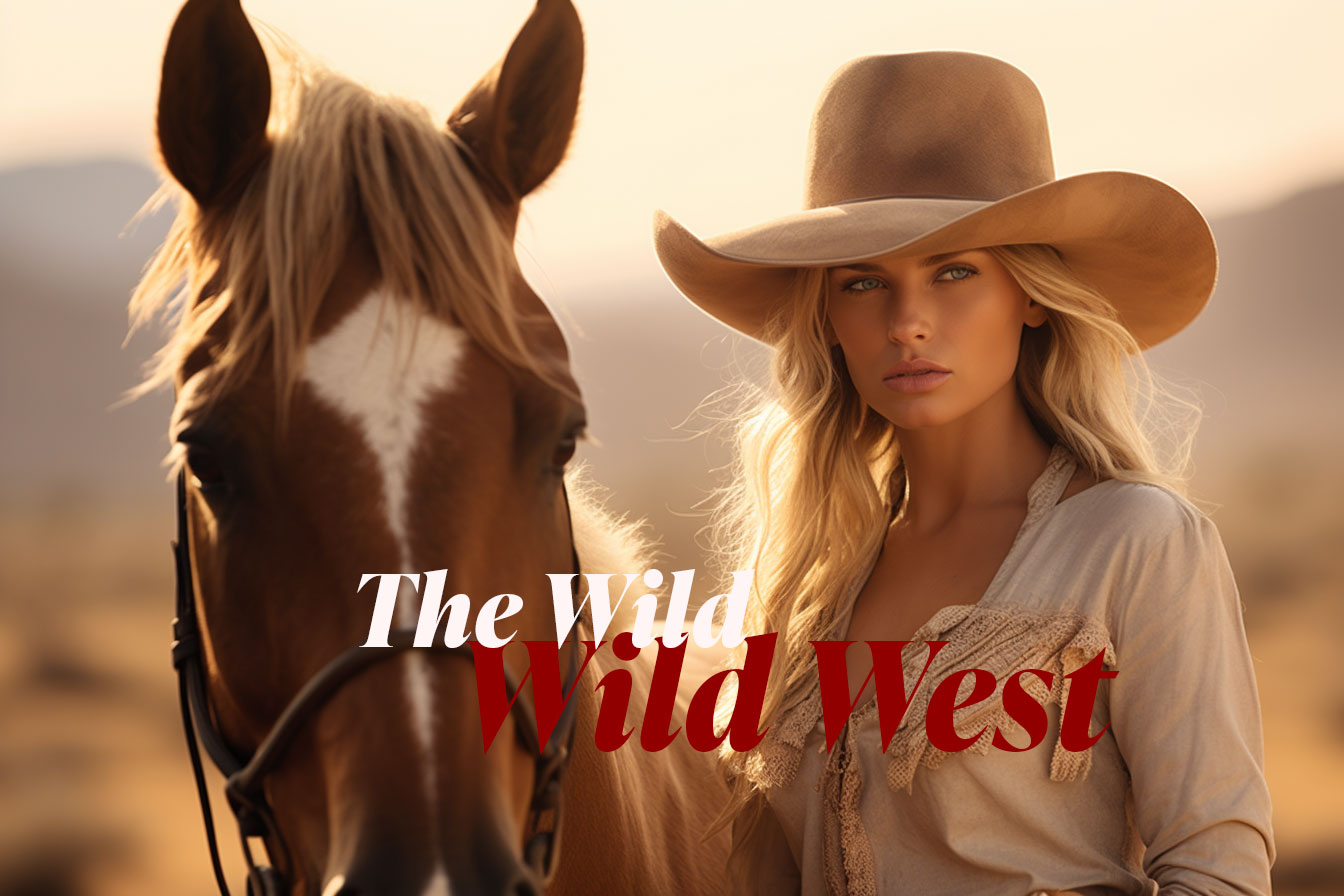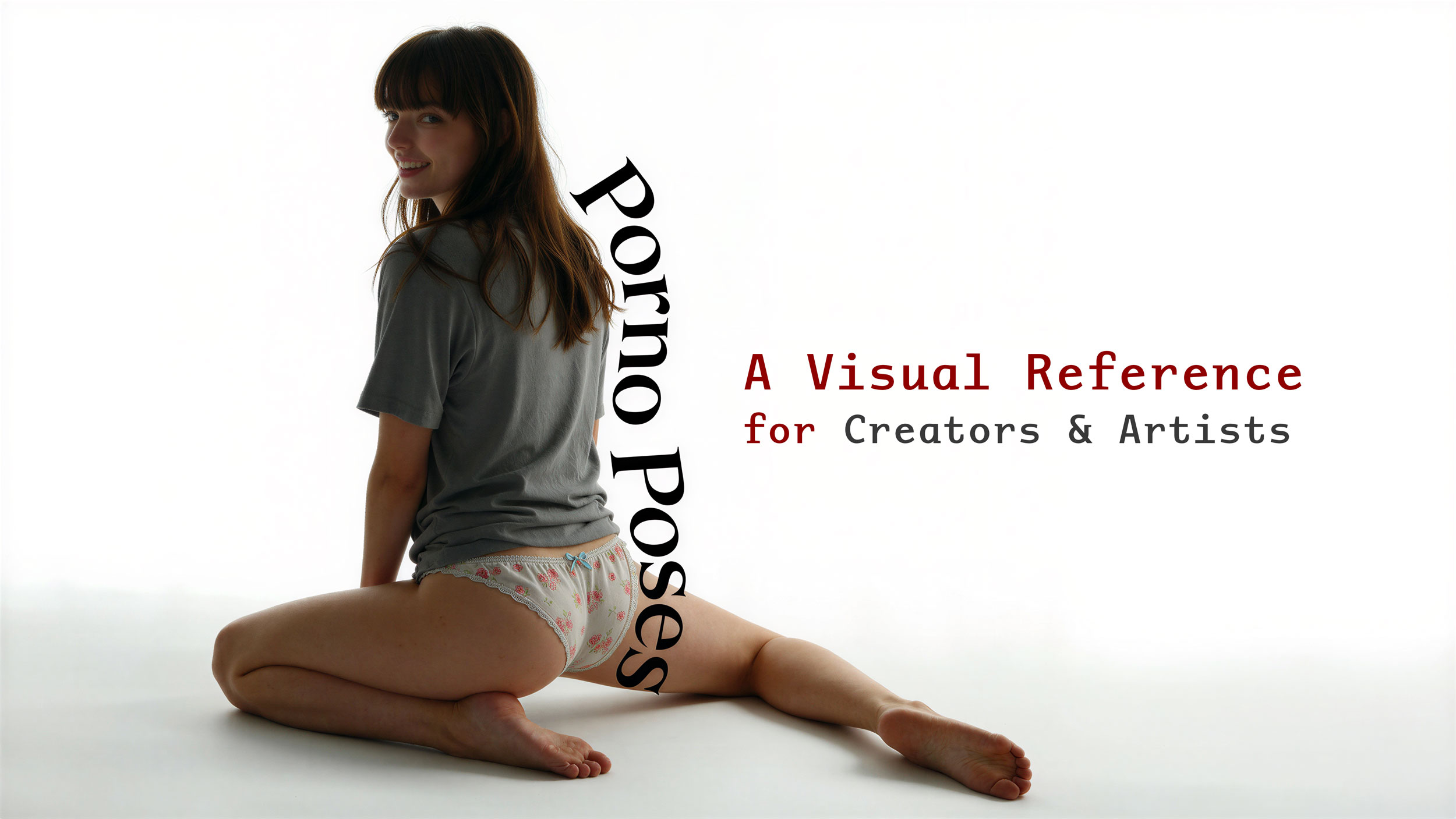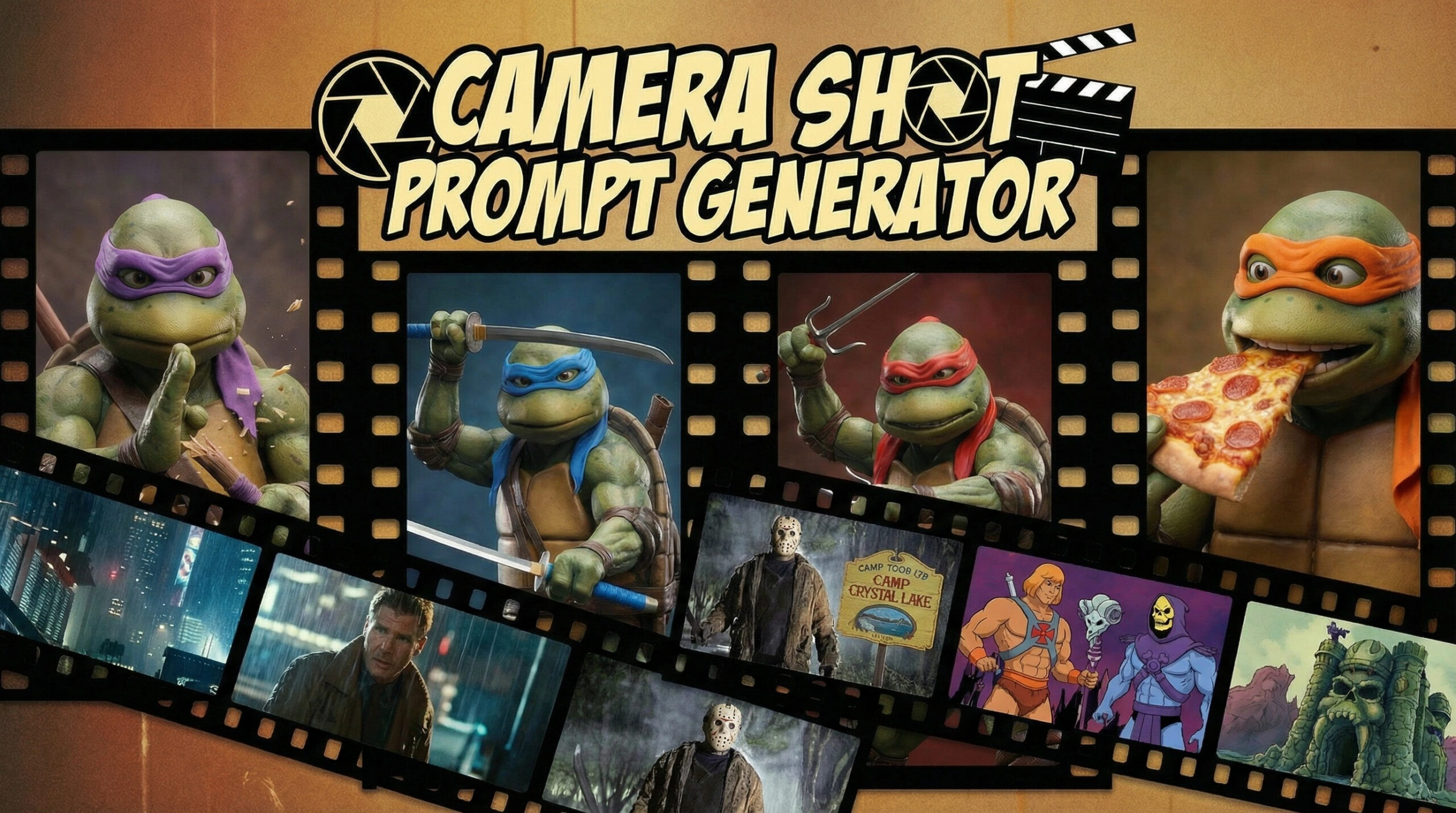
In the Crosshairs of Copyright: Can Stable Diffusion be used commercially?
Can Stable Diffusion be used commercially? Short answer? Absolutely, it can. But, it’s not that simple. While the green light is on for commercial use, the road is riddled with legal and ethical speed bumps that could jolt your journey. If you’re interested in commercial applications, you’ll be relieved to know that commercial use of Stable Diffusion is lawful! The model operates under the Creative ML OpenRAIL-M license, which sanctions both commercial and non-commercial use. So go ahead and explore the creative possibilities with Stable Diffusion.
Table of Contents
The Commercial Potential of Stable Diffusion
Time is money, and as artists, we’re always on the hunt for tools that can speed up our workflow without compromising on the quality of our output. Enter Stable Diffusion. This bad boy has carved out a niche for itself as a game-changer, leveling up the art game with its deep learning capabilities.
Picture this: you have a thought, an idea, a glimpse of an image in your mind. You feed it into Stable Diffusion, and bam! Your imagination has now come to life, translated into digital art. It’s like having an extra pair of hands, doing the heavy lifting of creation, while you direct the show.
But it’s not just about expediting the creation process. Stable Diffusion’s unique ability to generate images from text descriptions opens the door to a whole new world of customization. Need a unicorn frolicking in a field of candyfloss clouds? Type it in, and watch as Stable Diffusion conjures it up.
The commercial implications of this are massive. From creating unique visual content for branding and marketing campaigns to providing customized digital art for clients, Stable Diffusion has the potential to supercharge your commercial ventures.
And let’s not forget the cherry on top: you can use Stable Diffusion to create original pieces, turn them into non-fungible tokens (NFTs), and make a killing in the crypto market. It’s like having your own personal mint, printing money with every piece you create. But, and there’s always a but, you need to navigate the maze of legal and ethical considerations before you dive headfirst into commercial use.
Can Stable Diffusion be used commercially by Law?
The answer you’re all looking for: yes, commercial use of Stable Diffusion is lawful. And I can hear the collective sigh of relief echoing from your screens.
This revolutionary model operates under the Creative ML OpenRAIL-M licence. And what does that mean for you? It sanctions the commercial and non-commercial use of Stable Diffusion. You have the green light to create, sell, and distribute your creations made with this tool.
But, let’s pump the brakes here for a moment. While the traffic lights are all green, there are a few road signs you should keep an eye out for. Remember, with great power comes great responsibility, or so they say. And in this case, that responsibility falls squarely on your shoulders.
Just because you can use Stable Diffusion for commercial purposes, doesn’t mean you can take a joyride with it. The licence focuses on the ethical and legal application of the model. What does that mean in real terms? You’re required to use the model legally and ethically. The art world isn’t the wild west, after all.
In practical terms, if you’re planning to distribute the model, make sure the licence accompanies it. And if you’re including this model in your service, you need to make a copy of the licence available to your end users. It’s not just about covering your own back, but ensuring that everyone using the model is doing so in the right way.
It’s like being handed the keys to a supercar. Sure, you can drive it, but you need to obey the speed limit and follow the rules of the road. So, tread carefully, and make sure your commercial use of Stable Diffusion doesn’t cross over to the dark side.
Crossing the Line or Pushing Boundaries?
The question that’s been looming in our minds: are we crossing a line by using AI art tools like Stable Diffusion commercially, or are we just pushing boundaries in the pursuit of innovation and creativity?
From my view, it’s a bit of a tricky dance. We are definitely pushing boundaries, no doubt about it. The technology we’re dealing with here is mind-blowing. It’s offering artists a whole new world of opportunities to explore, expand and express their creativity.
Yet, at the same time, it feels like we’re on the brink of crossing a line. The line that separates human creativity from AI-generated art. The line that divides originality from replication. The line between creating and generating.
Now, this doesn’t mean we’re doomed, not by a long shot. But it does mean that we need to be careful. To ensure that as we push the boundaries, we don’t end up crossing the line and losing what makes art so fundamentally human – its ability to convey emotion, to tell a story, to capture a moment in time.
Using AI tools like Stable Diffusion commercially can revolutionize the art industry. However, we need to be vigilant about how we’re using them. It’s a bit like playing with fire – thrilling and potentially beneficial, but if mishandled, it could lead to unintended consequences.

So here’s my take: Embrace the potential. Harness the power of these AI tools. But let’s make sure we’re using them responsibly, ethically, and in a way that respects the hard work and creativity of our fellow artists. Because at the end of the day, we’re all in this together, pushing the boundaries and shaping the future of art.
Real World Ripples: Case Studies and Implications
We’ve talked the talk, now it’s time to walk the walk. It’s all well and good to theorize and speculate, but let’s delve into some real-world examples, where the use of Stable Diffusion commercially has already made waves.
In the recent case of artist Steve Roe against AI companies, the judge identified flaws in the artist’s lawsuit, which is shaping how we view the use of AI-generated art like Stable Diffusion in commercial spaces. Now, this doesn’t mean it’s a free-for-all. The lawsuit raised some valid concerns that are now being considered in the larger discussion of AI and art.
The crux of the argument is the thin line between imitation and inspiration. If an AI tool is trained on an artist’s work and generates similar images, is it plagiarism or homage? This isn’t clear-cut, and will definitely continue to spark debate in the industry.
So, what does this mean for artists using Stable Diffusion and similar tools commercially? It’s a wake-up call to be conscientious. It’s a reminder to respect other artists’ work and ensure we’re not unknowingly encroaching on someone else’s intellectual property.
On the flip side, for those worried about AI stealing their thunder, remember this – an AI can generate a thousand images, but it can’t generate the feeling that goes into a single stroke of an artist’s brush. Art is more than pixels and algorithms. It’s a reflection of the human spirit, something that no AI can replicate.

What is authenticity? It’s a question that seems straightforward on the surface, but as we go deeper, we find it elusive, multifaceted. In the context of photography, I see authenticity as the infusion of realness into every image, a tangible human connection that resonates beyond the pixels.
Stable Diffusion and the NFT Market
It’s time to connect the dots between Stable Diffusion and another digital art phenomenon sweeping the globe – Non-Fungible Tokens, or NFTs.
If you’ve been living under a rock for the past few years, let me bring you up to speed. NFTs are unique digital assets stored on a blockchain, and they’ve taken the art world by storm. Why? Because they’re enabling artists to monetize their digital art in a way that was previously impossible.
So where does Stable Diffusion come into the picture? Imagine combining the power of AI art generation with the uniqueness of NFTs. You’re able to create one-of-a-kind digital art pieces, turn them into NFTs, and sell them on various crypto marketplaces. You don’t need to be a math whiz to see the potential here.
This isn’t just theoretical either. Artists have already begun using Stable Diffusion to generate art for NFTs, carving out a whole new niche in the process. It’s creativity and commerce colliding in the best possible way.
However, let’s not put the cart before the horse. While it’s an exciting prospect, remember that any commercial use of Stable Diffusion needs to be lawful and ethical. The wild west days of the NFT market are drawing to a close as regulations start to tighten. As we’ve said before, progress doesn’t mean tossing responsibility out the window.
At the end of the day, using Stable Diffusion for NFTs could be a game-changer, opening up new revenue streams for digital artists. But as always, we need to navigate this new territory with care, ensuring we’re respecting legal boundaries and the hard work of fellow creatives. This isn’t just about making a quick buck. It’s about pushing the boundaries of art, commerce, and technology in a way that benefits us all.
Conclusion: Commercial Use of Stable Diffusion in a Changing WOrld
So, where does all this leave us? Can Stable Diffusion be used commercially? As per our understanding, yes. The Creative ML OpenRAIL-M license under which Stable Diffusion operates does sanction commercial use. That’s the clear-cut answer. But as always, the landscape we’re navigating isn’t just about clear-cut answers.
The fusion of AI with art, and its use for commercial purposes is like painting on a constantly shifting canvas. It’s complex and layered. It’s exhilarating and fraught with challenges. And it’s a space where ethical considerations and copyright laws can be as fluid as watercolors.
As digital creators, we’re standing on the precipice of something incredible. We’ve got tools like Stable Diffusion in one hand, and burgeoning markets like NFTs in the other. The potential for commercial use is undeniably exciting. But we’ve got to remember, with great power comes great responsibility.
Let’s keep pushing boundaries, sure. But let’s do it while respecting the work of our fellow creatives and the laws of the land. Let’s ensure that the art we create, and the tools we use, don’t rip off other artists or lead us into murky legal waters.
That’s the future we should be painting. A future where technology, art, and commerce intertwine in a way that’s ethical, legal, and inspires us all to create more. A future where tools like Stable Diffusion don’t just change the game but level the playing field for all artists, opening up new avenues of opportunity, creativity, and financial gain.
In this ever-evolving digital art space, let’s not just adapt to the changing landscape. Let’s shape it. With every stroke of our digital brush, with every piece of art we create, and with every use of AI tools like Stable Diffusion, let’s paint a future we can all be proud of. A future where we’re not just surviving, but thriving. Because at the end of the day, that’s what it’s all about.
Ethics and Legalities:
- Is Stable Diffusion ethical?
- What is the controversy with Stable Diffusion?
- Does Stable Diffusion steal art?
- Is Stable Diffusion censored?
- Is Stable Diffusion stealing images?
- What is the bias of Stable Diffusion?
- Is Stable Diffusion legal?
- Are AI artists really artists?
- Why is AI art illegal?
- Does AI art rip off artists?
- Can Stable Diffusion be used commercially?






Leave a Reply